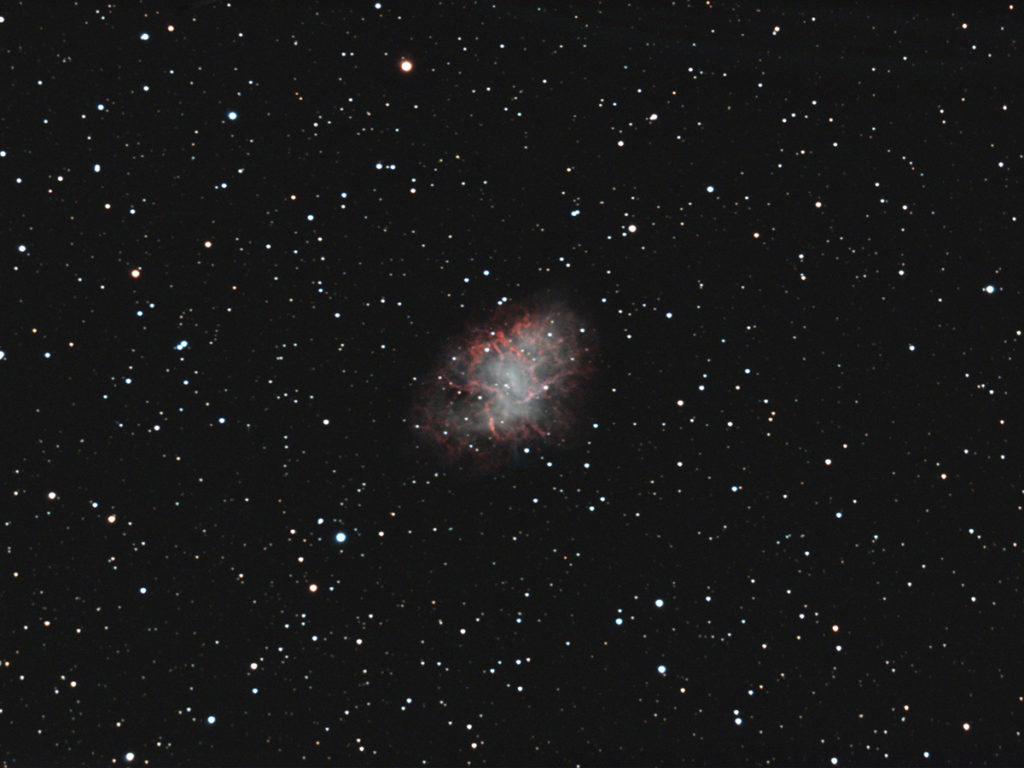
Telescope: Meade 12” LX850 ACF @ f/8, Orion Atlas EQ-G
Camera: ZWO ASI071 MC Pro, -10C, Gain 200
Filter: Orion Imaging Skyglow Filter
Guide scope: Astro-Tech 60mm, ASI290MM Mini, PHD2
Exposure: (38 + 14)x240sec, saved as FITS
Darks: 32x240s, saved as FITS
Flats: 32x1sec, Tee shirt flats taken at dawn
Average Light Pollution: Red zone, Bortle 8, poor transparency
Lensed Sky Quality Meter: 18.3-18.5 mag/arc-sec^2
Stacking: Mean with a 2-sigma clip.
White Balance: Nebulosity Automatic
Software: Nebulosity, Deep Sky Stacker, Photoshop
This is the first-light image taken with my new to me Meade 12” f/8 ACF from LX850 production. The sky conditions were pretty rough with poor transparency, poor seeing, and a bit of a breeze, but I wanted to assess how well my Atlas would carry this scope and how well it would guide. The source images were taken over two consecutive evenings; 38 on the 9th and 14 on the 10th. To keep the weight down I removed the Starlock mount from the telescope and mounted a 50mm Orion mini guider under the Losmandy rail. However, the guiding seemed to be struggling a bit, so I replaced the 50mm mini with an Astrotech 60mm guidescope. I found out later that this whacked the balance of the scope in both RA and dec, but it still guided quite well. Follow-on testing with the telescope properly balanced was excellent. Soooo, although it pushes the Atlas to its limits, this combination seems to work quite well.
M1, the Crab Nebula in Taurus, is a supernova remnant; the remains of a star that ended its life in one of the most violent events in nature. This particular supernova erupted in 1054 and the star became so bright that it was visible in broad daylight for 23 days. The resulting nebula is expanding so fast that the motion can be detected in images taken a few years apart. At the heart of the nebula is a pulsar; a neutron star spinning at over 30 revolutions per second.
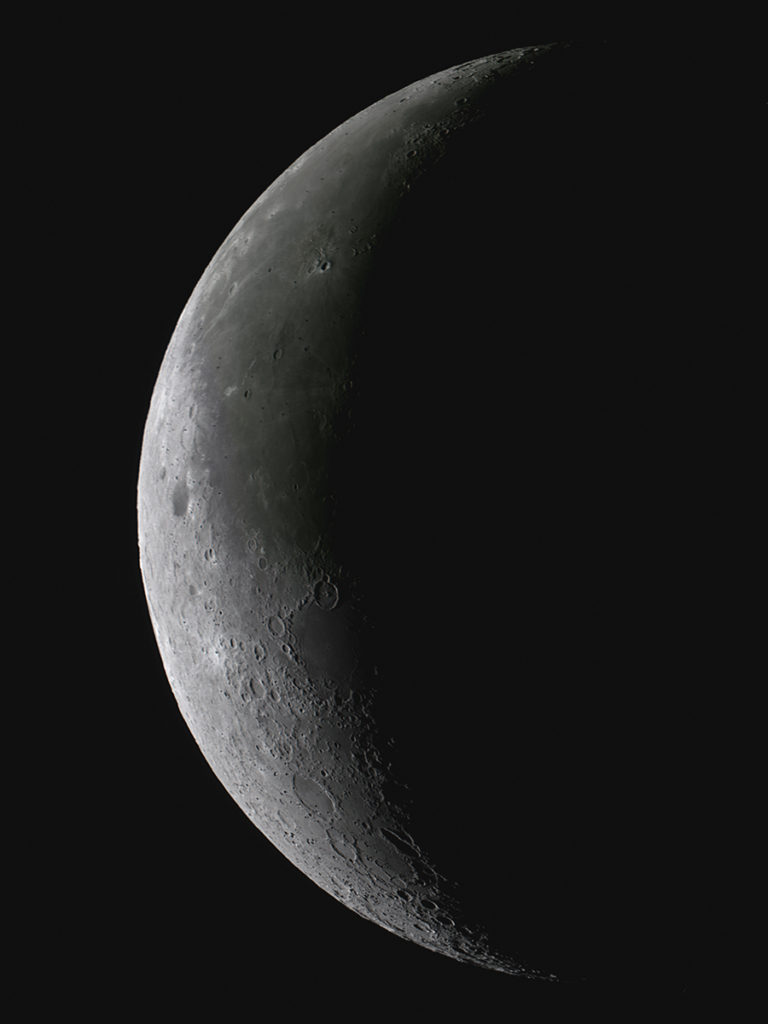
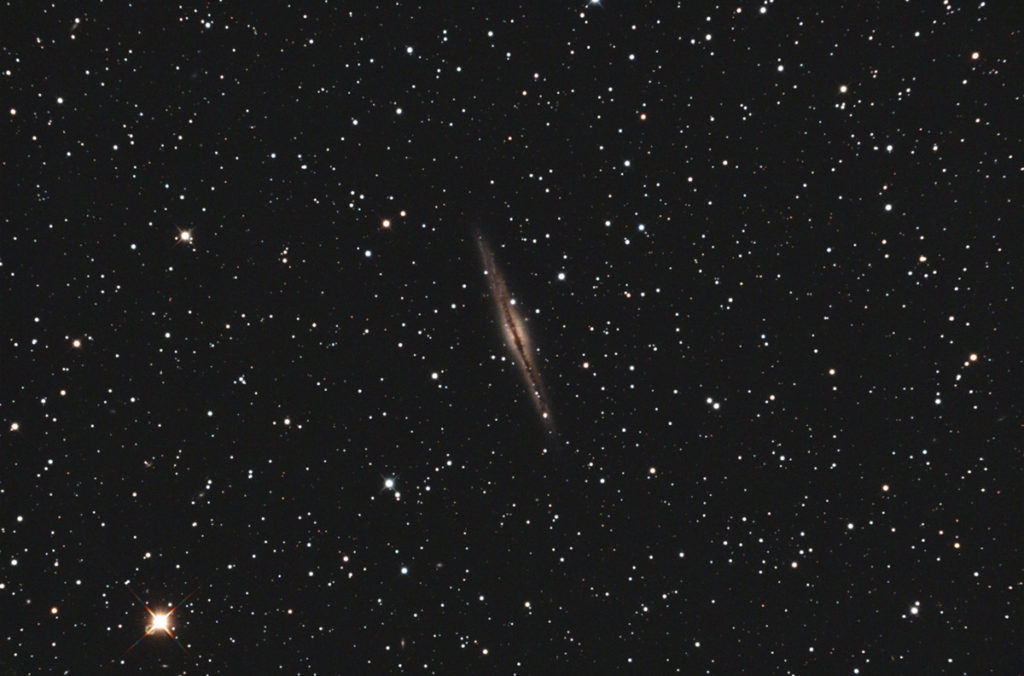
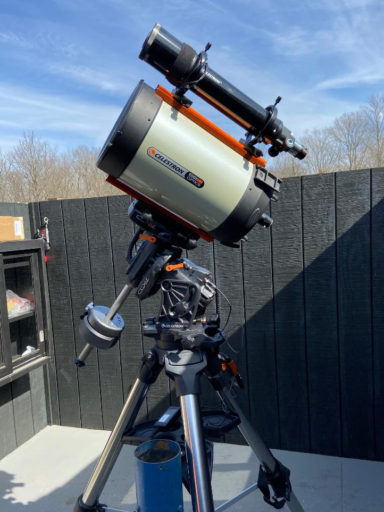
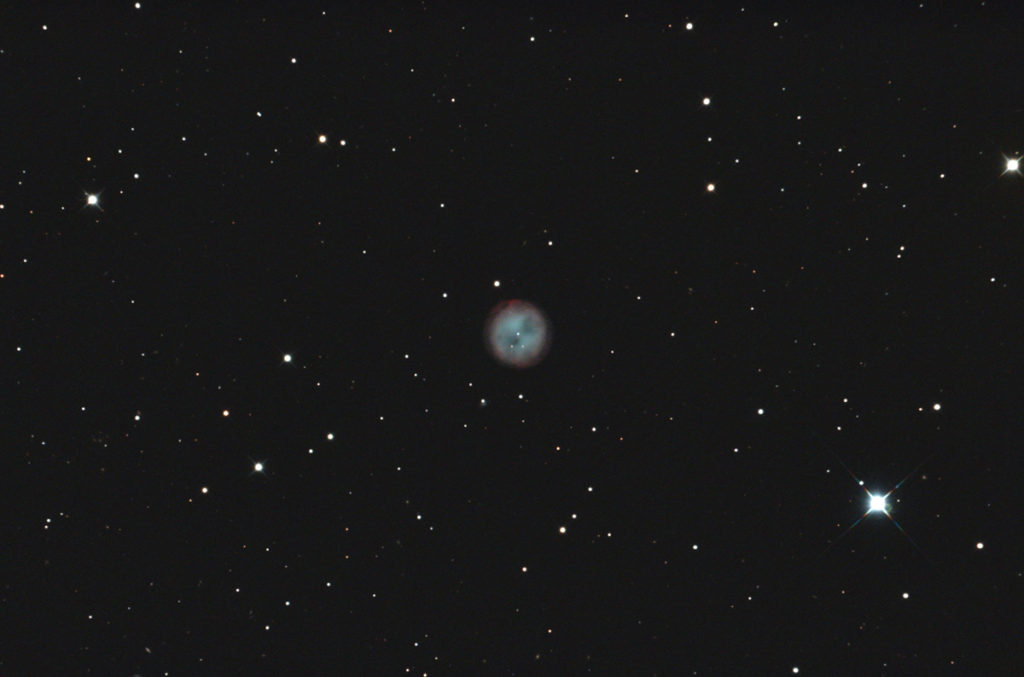
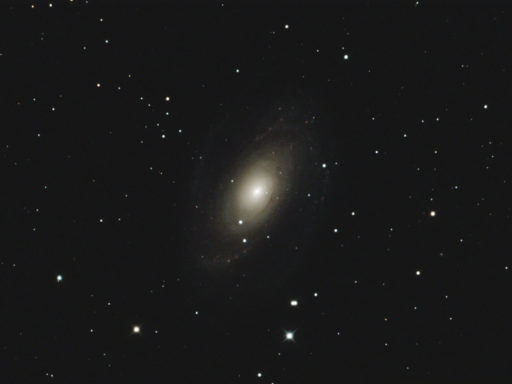


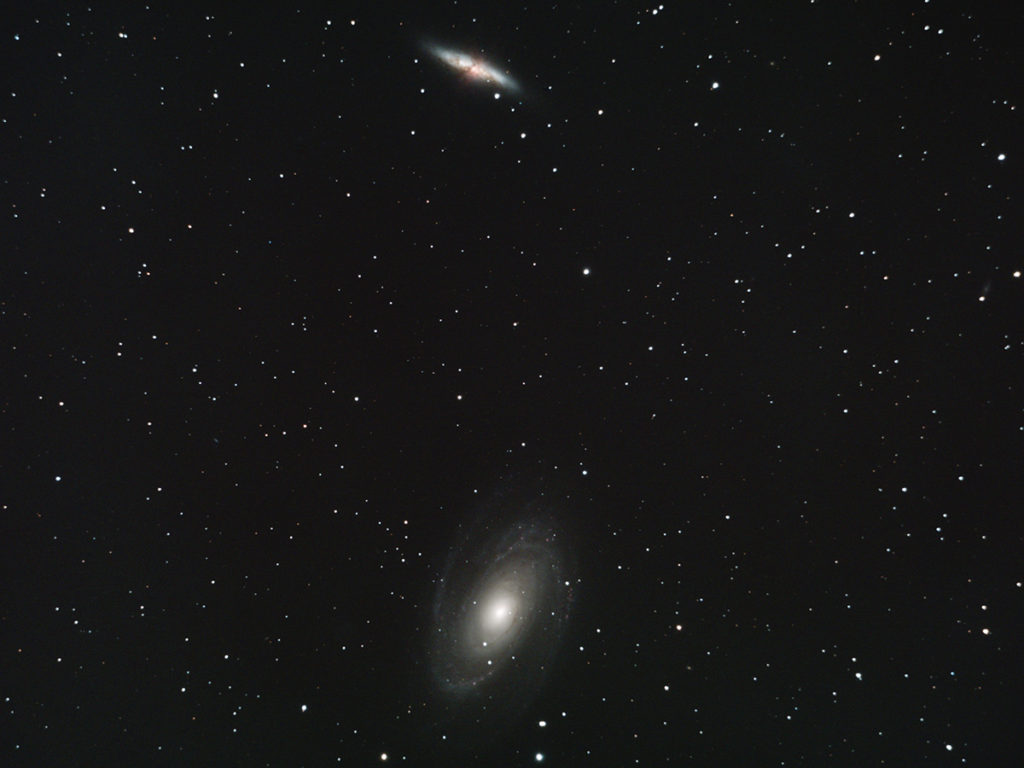
Recent Comments